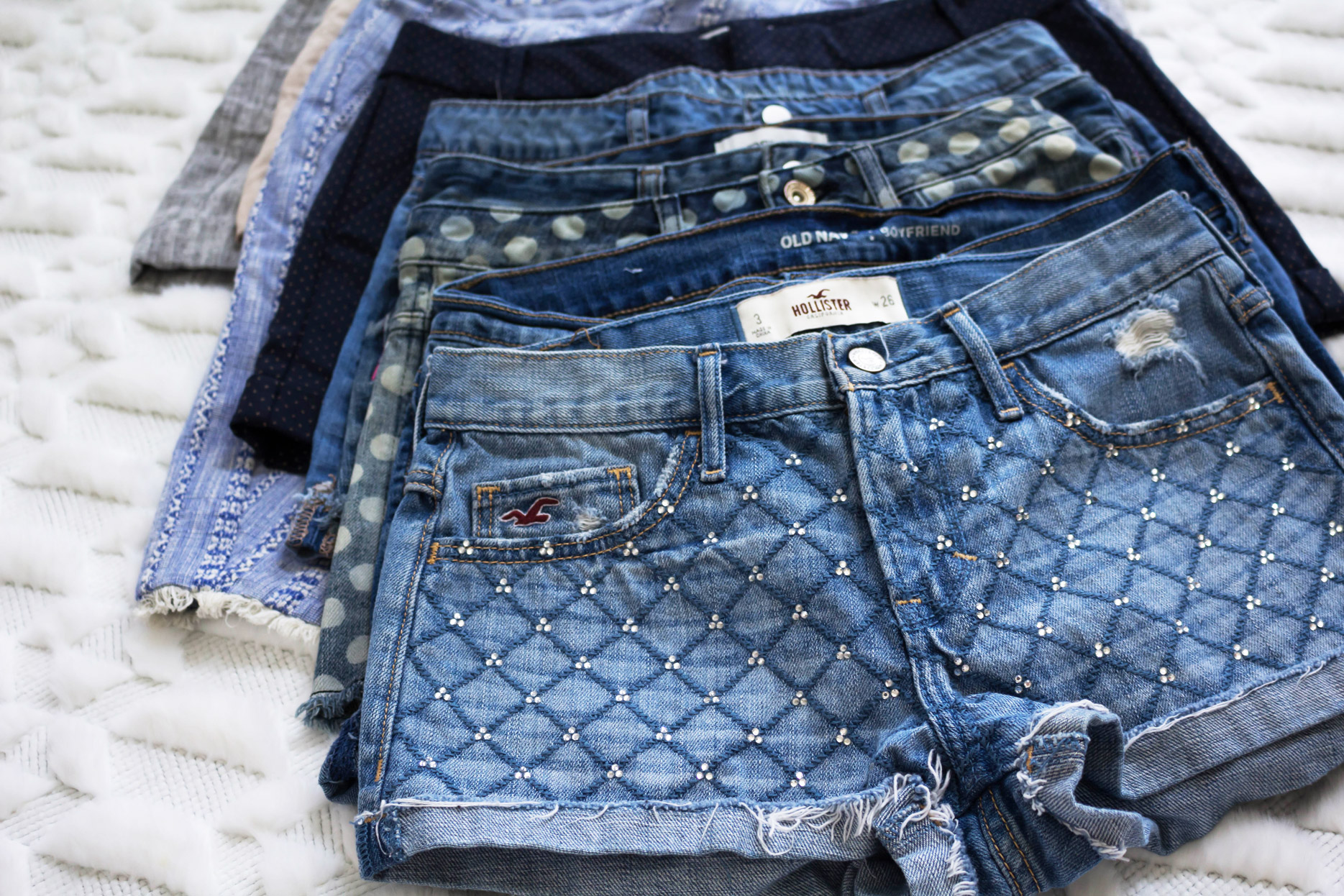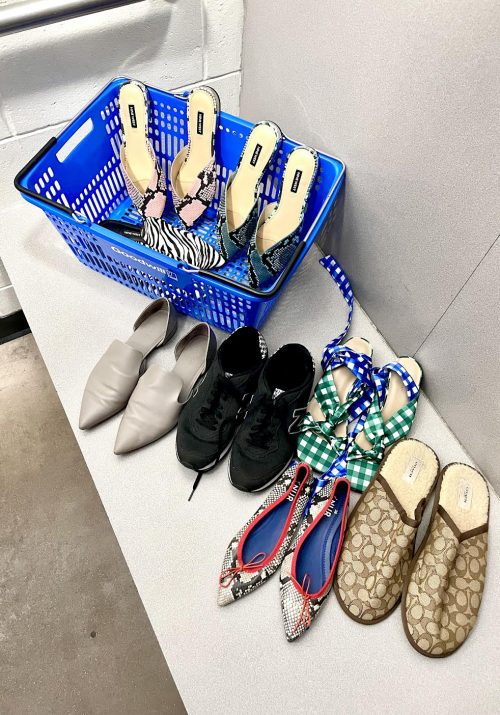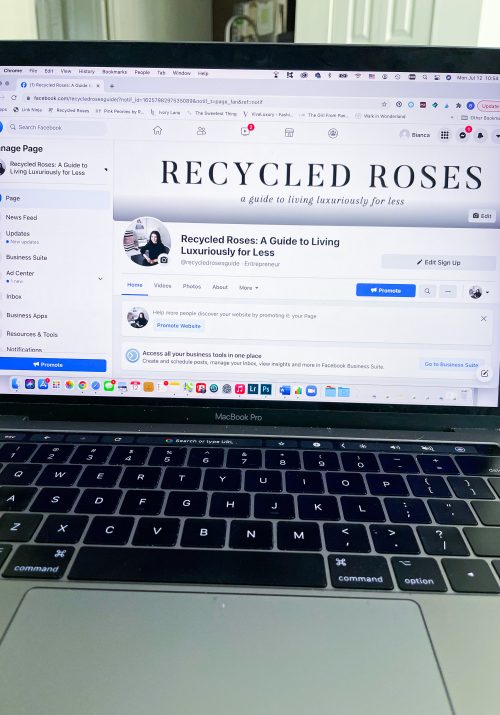
Many resellers worry about pricing their items too high, but did you know that it is actually very common for newer business owners to price their items too low? It is not uncommon for new businesses to start out by pricing their items below market value. Today, I thought that I would share some insight on why items are priced below market value, the problems that it can create, and how to adjust your pricing if your items are priced to low.
Pricing items can be a challenge, especially if you are new to the world of reselling and/or business. A common trend that i’ve noticed among newer resellers is that many are pricing their items below market value… BUT don’t worry. This is completely normal and is something that can easily be corrected.
Why Does It Happen?
It Happens for a Few Reasons:
(1) Newer business owners tend to price lower than their competitors in order to attract customers and to initially get their business going. The idea is that perhaps they can win business and build a portfolio while keeping prices low.
(2) From a psychological standpoint, it comes from a lack of confidence. Subconsciously, people are afraid that people will not pay a higher price for their item(s) so instead, they undervalue their items (and themselves) in hopes of making a sale or two.
Unfortunately, This Does Present Some Problems for Business Owners….
(1) Poor First Impressions
When a consumer stumbles into a closet filled with items at lower price points, they usually have one of two perceptions in regards to it:
“Lower Prices = Lower Quality Items”
or
“Lower Prices = a Great Deal”
How your buyer perceives your pricing depends on what preconceived mindset the consumer has when deciding to buy a product. factors such as marketing can play a role in a buyer’s perception.
If your buyer perceives your closet as too cheap, they may ask themselves, “Why is this so cheap?,” which will then follow up with “What is wrong with it? What might be lacking?” This is very different from the mindset that they would have if the item was priced high. They would then ask, “why is the price so high? What makes this product better than the same product elsewhere?”
On the other hand, if the buyer perceives the lower prices as a “great deal,” then you may luck out and make some quick sales while the buyer gets a “good deal” on the item.
(2) Lower Prices = Lower Profit Margins
Let’s look at this: If you sold a shirt on Poshmark for $10, after Poshmark removed its’ fees, you would be left with $7.05 before deducting the cost of goods. Compare that to selling the same item on Poshmark for $25. Your profit margins on the $10 sale are going to be significantly less than the $25 sale.
Having such slim profit margins can result in having less money to re-invest back into your business or to pay yourself. This can be a scary situation as you run the risk of potentially putting yourself out of business or going into debt over your business.
But What About if I Make Up for my Lower Profit Margins in Volume?
If you have enough inventory and experience to successfully make that reselling model work, go for it! But before you do, ask yourself if it is something that you see as being sustainable and reliable for you and your business long term.
(3) Drives the Market Value Down
This is something that many resellers find frustrating to navigate. when other resellers are pricing items too low, the market value of those items can be affected. This is especially true if an item is oversaturated in the market. I see this happen with Free People items quite frequently. There will be a dress that is available in the same size and color across 20 closets and you will see people trying to compete with each other over who has the lowest price.
Adjusting Prices
If you think that your items are priced too low, perhaps you should consider increasing your prices.
(1) Research the market value of your items across reselling platforms
(2) Factor in your expenses and profit margins when trying to adjust/set prices- expenses are an essential factor in setting prices. allow for cost of goods & other business costs and add how much profit you would like to earn to that. also, be sure to keep in mind reselling fees across various reselling platforms.
*When in doubt, you can always price high and then lower prices later.
*For additional pricing info, check out my previous post on pricing HERE.
Why Increasing Prices May Be Beneficial to Your Business:
– It allows you to comfortably offer your customers discounted/free shipping and/or send out lower offers while still making a profit.
-It will allow for larger profit margins that you can either re-invest back into the business and/or claim as income
-It could change buyer’s perception of your business when making future purchases
-It could attract a customer base who is willing to spend more money on your items (such as more full price offers and less low ballers).
I hope that you found this post helpful! If you have any questions, please feel free to reach out.
If you don’t already, be sure to check out my Instagram for more Reselling Tips at @ RecycledRosesGuide (Click HERE) and my Facebook page HERE.
You can instantly shop all of my looks by following me on the LIKEtoKNOW.it shopping app HERE.
To get email notifications for my next blog post and to receive my monthly Reseller Recap (with freebies), sign up for my emails below:
Baci,



